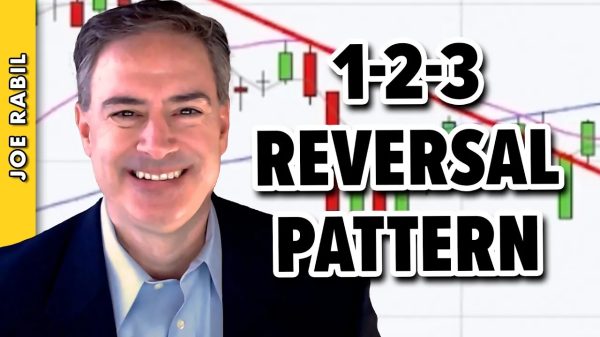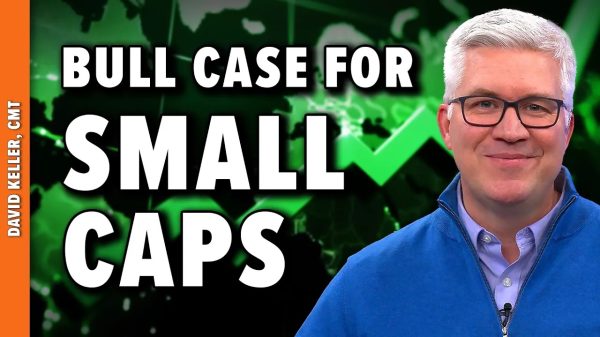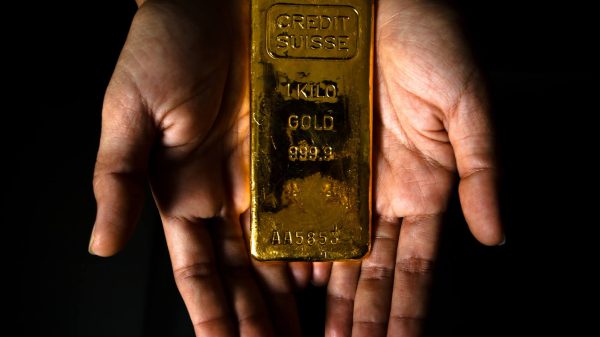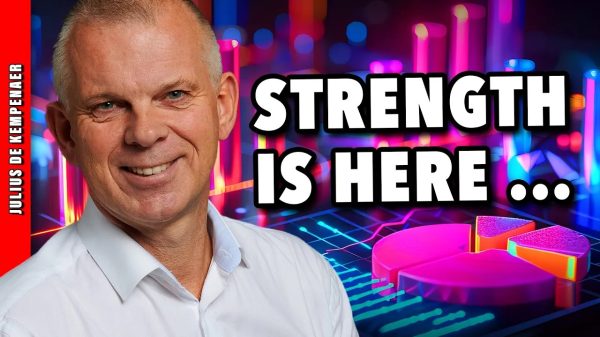Economists, investors, businesspeople, and yes, even our wise politicians seem to believe that the Federal Reserve, using its various “tools” to create money out of thin air (which is illegal for mere mortals like us), can control the economy and financial markets any way it likes.
In particular, these people believe that the Fed doesn’t want a recession and a stock bear market, and the Federal Reserve can simply prevent these economic events from happening.
The Market Is Much Bigger than the Fed
However, the world doesn’t work that way.
The economy and financial markets are much bigger and more powerful than the Fed. The reason the Fed appears to “work” in preventing recessions and bear markets is that recessions and bear markets are typically much shorter than economic expansions and bull markets. It’s as simple as that. The market is ultimately in control, and the Fed just goes along for the ride.
Since the Fed is almost always creating new money, it just appears as though it is driving the economy and stock market to new heights.
Let’s compare the size of the Fed to the economy and financial markets to gain some perspective. The Fed’s total assets are $8 trillion. That amount is very big relative to my assets (yes, being able to create money out of thin air is very helpful in accumulating assets!), but it is still much smaller than the economy and stock and bond markets. The gross domestic product (GDP) of the United States is three times bigger than these assets, and global GDP is over twelve times bigger. The US stock market is nearly six times bigger, and the global stock market is nearly fourteen times bigger. The US bond market is six times bigger, and the global stock market is sixteen times bigger.
The Fed Has Been a Massive Failure
The Fed was supposedly given three main goals by Congress: (1) maintain a stable price level, (2) maintain full employment, and (3) maintain low interest rates.
If the Fed were really in control, we would always have something like 2 percent inflation (Also, why 2 percent? Why not 0 percent? Or negative 2 percent? Or some other number?), 4 percent unemployment, and 0.5 percent interest rates. The low interest rates are particularly important for the government since it has so much debt.
However, we obviously don’t live in the Fed’s “ideal” world.
If the Fed was really in control, how did they allow the Great Depression of the 1930s to happen? Or the “stagflation” of the 1970s with double-digit inflation and interest rates? Or the Great Recession of 2008–9? Or the high “transitory” (never-ending?) inflation we’ve had in recent years?
Perhaps most importantly for the Fed’s real constituents—the federal government and the banks—how did the Fed allow interest rates on ten-year Treasury bonds to skyrocket from 0.52 percent in 2020 to nearly 5 percent this year? How did the Fed allow Treasury bond prices to collapse 50 percent in three years? How did the Fed allow federal interest expenses to more than double to over $1 trillion in three years? How did the Fed allow the ratio of federal interest expense to federal tax receipts to double to 15 percent over the past two years?
How did the Fed allow the KBW Bank Index, Bank of America, Citigroup, and other banks’ stocks to fall more than 40 percent in the past two years? How did the Fed allow three of the four largest bank failures in US history to occur in 2023?
How did the Fed allow banks to lose over $500 billion on their investment securities in the past couple of years? How did the Fed allow itself to generate a negative net worth of $2.4 trillion?
Maybe the Fed really cares about the American people. Maybe it feels really bad about causing the Great Depression, the Great Recession, high unemployment, and high inflation. Or maybe it doesn’t care that much. Who knows what goes on in the minds of central-planning government bureaucrats?
However, it is obvious that the Fed did not want to lose so much money for the government, banks, and itself. If this doesn’t dispel the myth of Fed omnipotence in the minds of the American people, I don’t know what will.
The Fed Cannot Prevent the Coming Recession
Since the Fed does not control the economy, that means it cannot contain the coming recession. Why should we expect a recession? Here are eleven key reasons why I believe a recession is coming soon:
1. The money supply, as defined by the Austrian School of Economics, has been declining over 10 percent for more than six months. That is the steepest decline in the money supply since the Great Depression of the 1930s. Austrian business cycle theory explains why this should lead to a major economic “recession,” if not a “depression.”
2. Over the past eighteen months, the Fed has followed the higher short-term market interest rates and increased the federal funds rate at the most aggressive pace in decades. This always results in a recession.
3. Due to this rapid increase in short-term interest rates, the yield curve spread between long-term and short-term Treasury securities has been negative or “inverted” for over a year. That has occurred eight times since the late 1960s, and every single time, there has been a recession within a year or two.
4. The net percentage of banks tightening lending standards has risen to over 30 percent, which has always resulted in a recession.
5. The net percentage of banks reporting weaker loan demand has risen to over 50 percent, which has always resulted in a recession.
6. The Conference Board’s Leading Economic Index has been declining for eighteen straight months and is at levels only seen during recessions. That is the longest period of decline in the index outside of the major recessions of 1973–74 and 2008–9.
7. New housing starts have declined over 25 percent, and private residential fixed investment has declined over 10 percent, which happens in recessions and rarely outside of recessions.
8. Corporate profits have declined 4 percent, which happens in recessions and rarely outside of recessions.
9. Continuing unemployment claims have increased a whopping 28 percent year-over-year. Historically, every time continuing claims have risen more than 10 percent from prior year levels, there has been a recession.
10. Industrial production is now down 0.7 percent year-over-year. Industrial production always declines in recessions and rarely outside of recessions.
11. The Institute for Supply Management PMI manufacturing survey shows manufacturing has been contracting (below the neutral 50 level of the survey) for twelve months, and new orders have been contracting for fourteen months. According to Timothy R. Fiore, chair of the Institute for Supply Management Manufacturing Business Survey Committee:
The Manufacturing PMI registered 46.7 percent in October, 2.3 percentage points lower than the 49 percent recorded in September. The overall economy dropped back into contraction after one month of weak expansion preceded by nine months of contraction and a 30-month period of expansion before that. (A Manufacturing PMI above 48.7 percent, over a period of time, generally indicates an expansion of the overall economy.) The New Orders Index remained in contraction territory at 45.5 percent, 3.7 percentage points lower than the figure of 49.2 percent recorded in September. . . . The Employment Index registered 46.8 percent, down 4.4 percentage points from the 51.2 percent reported in September.
Conclusions
The American people are engaged in a massive case of wishful thinking when they believe the Fed can prevent a recession and stock bear market, given all the historical evidence to the contrary.
The huge rise in interest rates over the past couple of years, driven by the highest inflation rates in forty years as a result of the Fed’s incredibly irresponsible 40 percent increase in the money supply in response to a virus, is virtually guaranteed to cause a major recession and stock bear market, as I warned about over two years ago.
Now is the time to buckle up and prepare for the next Fed-created disaster.
As a reminder, preventing future economic disasters is rather simple (but not politically easy).























